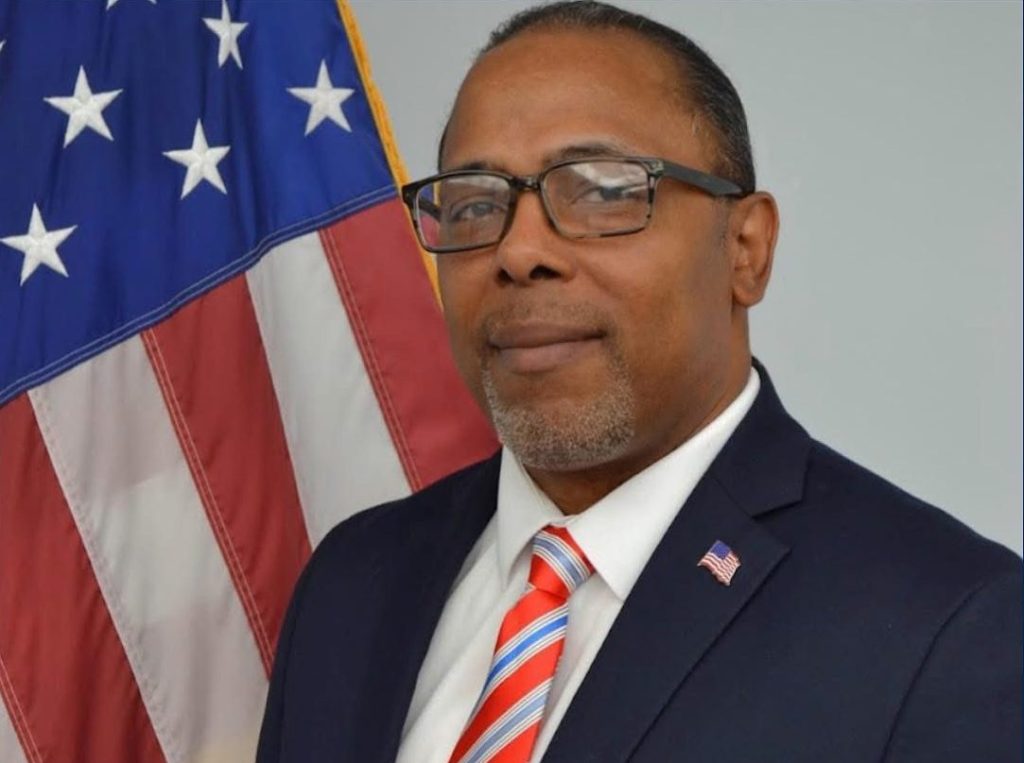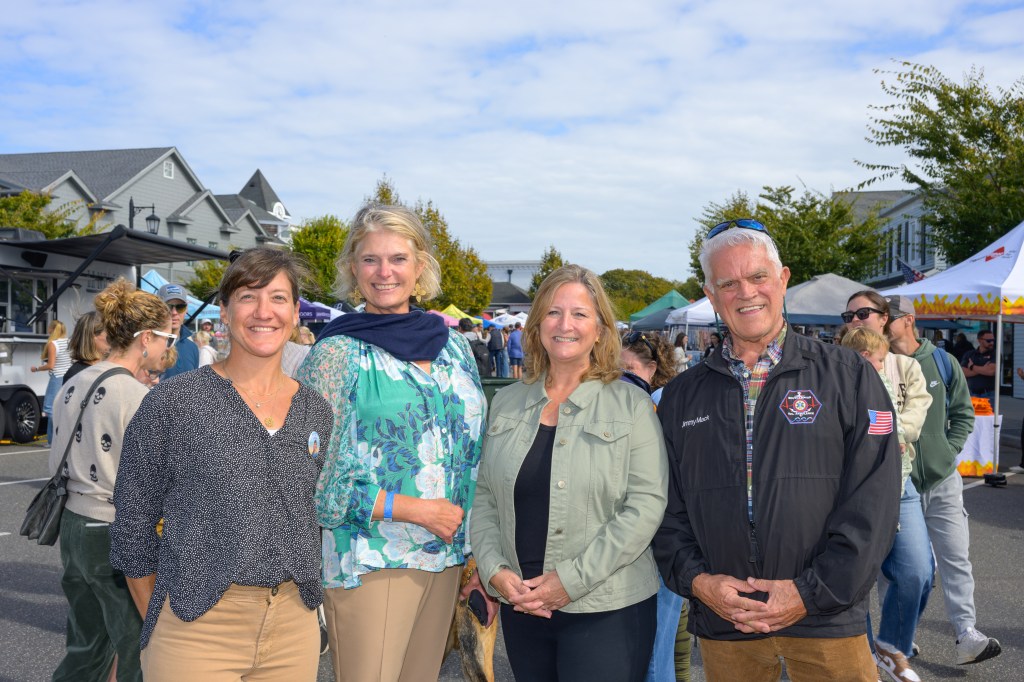Law Seeks ‘Early Warning System’

The water will be tested, and it’s going to be the law. Following the March 9 revelation that water beneath the Sand Land mine in Noyac is contaminated with an array of toxic substances, county officials announced plans to conduct extensive testing of the wells surrounding the 50-acre site.
Concurrently Assemblyman Fred Thiele reported state officials passed legislation authorizing local governments to enact and enforce local laws requiring groundwater monitoring at all mining operations across the state.
On March 21, Thiele announced the legislation’s passage by a 138-1 vote. Thiele stated, “The situation at Sand Land in Noyac illustrates the need for this legislation. Years of regulatory neglect resulted in contamination that would more likely be associated with an open dump than a sand mine. The State DEC never monitored the groundwater and failed to protect the public. This is the most sensitive water charge land in the Town of Southampton, east of the Shinnecock Canal. It is a State Special Groundwater Protection Area. Now the groundwater is compromised by contamination.”
The Sand Land situation is not unique on Long Island, the assemblyman explained. “A study conducted by the New York State Department of Environmental Conservation and Suffolk County Department of Health Services several years ago also demonstrated the significant adverse groundwater impacts associated with mining operations. We must take a proactive approach to groundwater protection. There must be a comprehensive groundwater monitoring program adjacent to every mining site. Routine groundwater sampling and monitoring can help determine if groundwater resources are being impacted and will provide an early warning system for groundwater contamination.”
The bill now goes to the State Senate for consideration, where it is sponsored by State Senator Ken LaValle, the East End’s representative.
When the raw data from test wells was released, Elena Loreto, president of the Noyac Civic Council, wrote to county health department commissioner Dr. James Tomarken imploring him to test wells down gradient of the Sand Land site “NOW.”
“This is a major public health threat that cannot wait for another two months until the Health Department writes its final report,” Loreto wrote. “The health of our Noyac and Bridgehampton residents cannot wait another day. This health threat has been ignored and minimized for too long.”
Five days later, Tomarken wrote back. He reported the department was in the process of evaluating data from the samples collected onsite and reevaluating the private well survey area around Sand Land. In 2015, the county tested samples at 16 private wells, and found water met all applicable standards.
Back then, the county lacked the data, particularly in relation to the direction of groundwater flow from the site, to direct a survey. Results revealed earlier this month were interpreted by an expert retained by the Group for the East End and Citizens Campaign for the Environment. County workers are still evaluating sample findings.
According to Bob DeLuca of GEE, “The county will soon launch a full area wide survey with direct written outreach to property owners. As I understand it, the new survey will include several hundred properties. The data from that survey — assuming enough folks participate — should be helpful in further characterizing whether or not the onsite pollution has migrated off site, determining to what extent that pollution may have impacted local wells, and figuring out which way any potentially identified plume is moving.”
kmerrill@indyeastend.com









